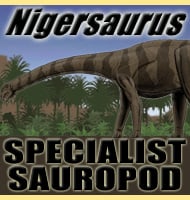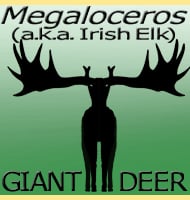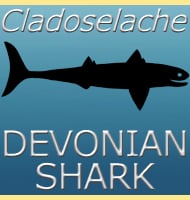In Depth
With a length approaching two hundred and forty centimetres long, Dinodontosaurus was certainly large for a dicynodont, though relative genera such as Placerias and Kannemeyeria were even larger still. Dinodontosaurus are quite common, especially in South America where the majority of known fossils come from. The name Dinodontosaurus means ‘terrible toothed lizard’, and this is a reference to the large downward pointing tusks that grew from the top jaw. Like other dicynodonts, it is widely believed that htese tusks would have primarily been used for digging up plants so that access could be gained to the roots. Once exposed the powerful mouth which formed into the shape of a beak would then easily slice up the root stock that it could be more easily swallowed and digested.
Dinodontosaurus fossils have also yielded a glimpse into the parenting behaviour of dicynodonts, with the remains of ten Dinodontosaurus juveniles being found togther. These remains suggest that juveniles would have formed creches that may then have been watched over by larger adults so that they could be kept safe from the larger predators of the time rausuchians.
Further Reading
Further reading- Dicynodonts (Therapsida: Anomodontia) of South America. – Journal of South American Earth Sciences. – C. F. Kammerer & M. D. Ordo�ez – 2021.










